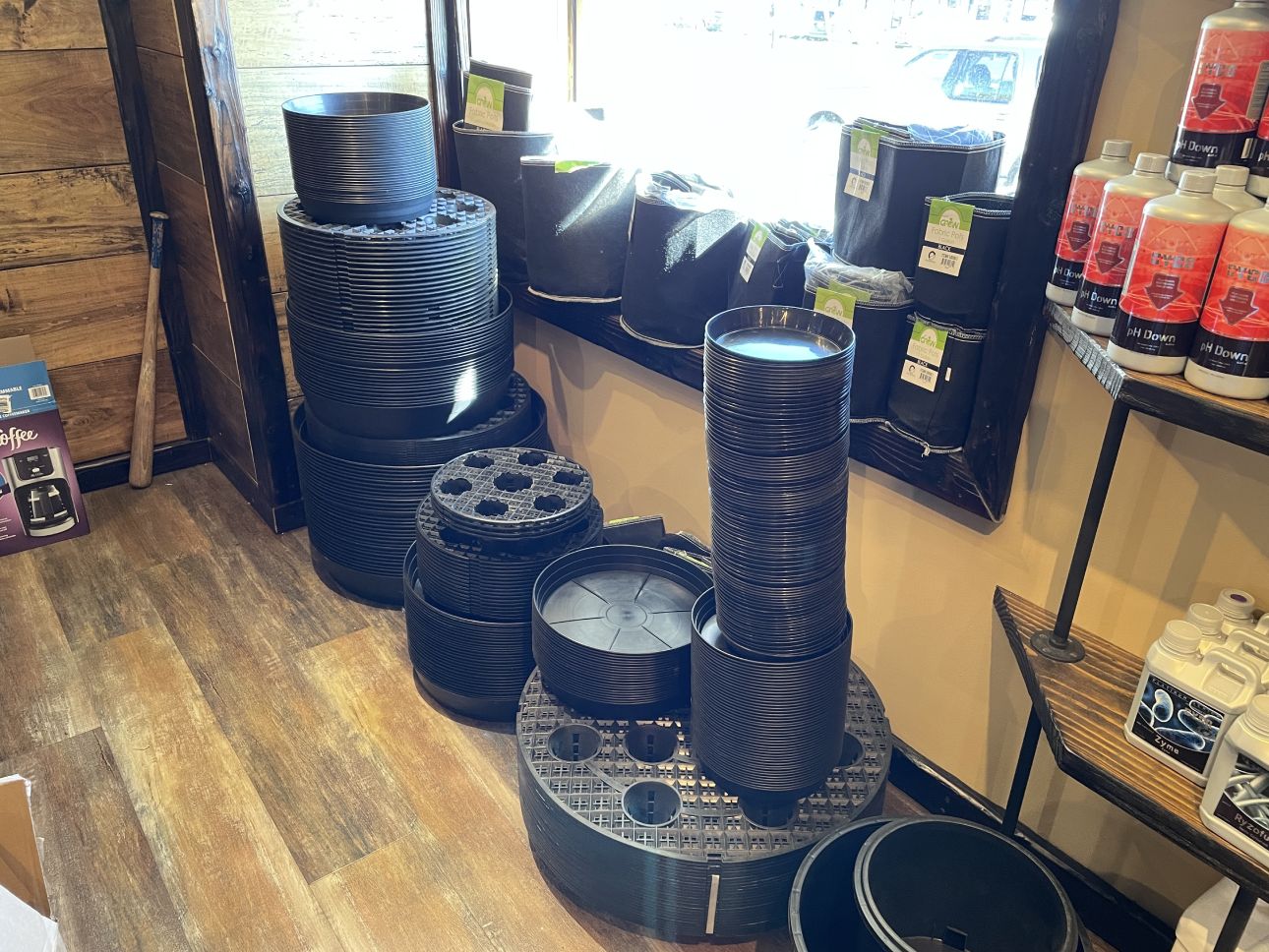Opening the Possible of Hydroponics: Understanding Its Makes Use Of and Different Kinds
Hydroponics, an approach of cultivating plants without dirt, has gathered enhancing attention for its potential to transform farming and horticulture techniques. As we navigate through the detailed landscape of hydroponic systems and techniques, it comes to be evident that each approach holds unique advantages and limitations.
Advantages of Hydroponic Equipments

One more advantage of hydroponic systems is the ability to expand plants in a smaller sized room. Hydroponic systems minimize the risk of soil-borne diseases and insects, as there is no soil to nurture these hazards.
Typical Utilizes in Farming

Given the efficient water preservation and space-saving advantages of hydroponic systems, it is apparent that these cutting-edge agricultural approaches have actually found common usages in various sectors of agriculture. The controlled atmosphere of hydroponic systems enables year-round cultivation, supplying a constant supply of fresh fruit and vegetables regardless of outside weather conditions.
Hydroponics is generally utilized for growing a range of crops, including leafed environment-friendlies, tomatoes, cucumbers, peppers, strawberries, and natural herbs. In addition, hydroponic systems are used in study and instructional settings to examine plant growing, nutrition, and development techniques.
Checking Out Different Hydroponic Methods
Hydroponic systems use an array of methods that cater to different plant types and cultivation objectives. In addition, the Ebb and Flow system, also known as the Flooding and Drain system, periodically floodings the plant origins with nutrient remedy, enabling for oxygenation throughout draining pipes periods. Each of these methods showcases the adaptability and efficiency of hydroponic systems in enhancing plant growth and yield.
Comparing Different Hydroponic Solutions
Checking out the performance and yield improvement strategies in hydroponics leads us to compare different hydroponic systems available for crop cultivation. Each hydroponic system has its distinct attributes, benefits, and constraints, making it vital for cultivators to select the most appropriate system based on their certain needs and restrictions.
One of the most common hydroponic systems is the nutrient movie method (NFT), where a slim film of nutrient option continually streams over the plant origins. In contrast, the deep water culture (DWC) system immerses plant origins straight into the nutrient option, supplying sufficient oxygen and nutrients.
One more prominent hydroponic system is the ebb and flow (or flooding and drain) system, which regularly floodings the plant roots with nutrient service prior to draining it. This cyclic process makes sure correct aeration for the roots while supplying nutrients effectively. Additionally, the aeroponic system puts on hold plant origins in the air and try this website mists them with a nutrient remedy, promoting quick growth and high oxygenation levels. Farmers trying to find a flexible system that reduces water use usually choose aeroponics. By recognizing the distinctions in between these hydroponic systems, cultivators can make enlightened choices to make the most of crop return and top quality.
Developments in Hydroponic Modern Technology
One key development is the development of clever hydroponic systems that make use of sensors and automation to keep track of and readjust ecological conditions such as pH levels, nutrient focus, and light direct exposure in real-time. These systems allow exact control over growing problems, leading to ideal plant growth and higher plant yields.
One more noteworthy innovation is the integration of upright farming strategies with hydroponic systems, enabling the cultivation of crops in stacked layers. This upright technique makes the most of room application, making it ideal for city settings where land schedule is restricted - The Indoor Earthworm. Furthermore, making use of innovative LED lighting systems tailored to certain plant needs has boosted energy effectiveness and boosted development rates in hydroponic arrangements
Innovations like these are driving the advancement of hydroponics, making it a highly eye-catching and lasting choice for contemporary agriculture.
Verdict
To conclude, Continued hydroponics provides various advantages in farming and has different strategies and systems that can be used to optimize its potential. Developments in hydroponic innovation proceed to improve effectiveness and sustainability in food manufacturing. By recognizing the usages and various types of hydroponic systems, cultivators and farmers can open the full capacity of this ingenious method of growing plants without soil.
Additionally, hydroponic systems enable for much better control over nutrient degrees, pH equilibrium, and ecological conditions, leading to healthier plants and higher returns.
